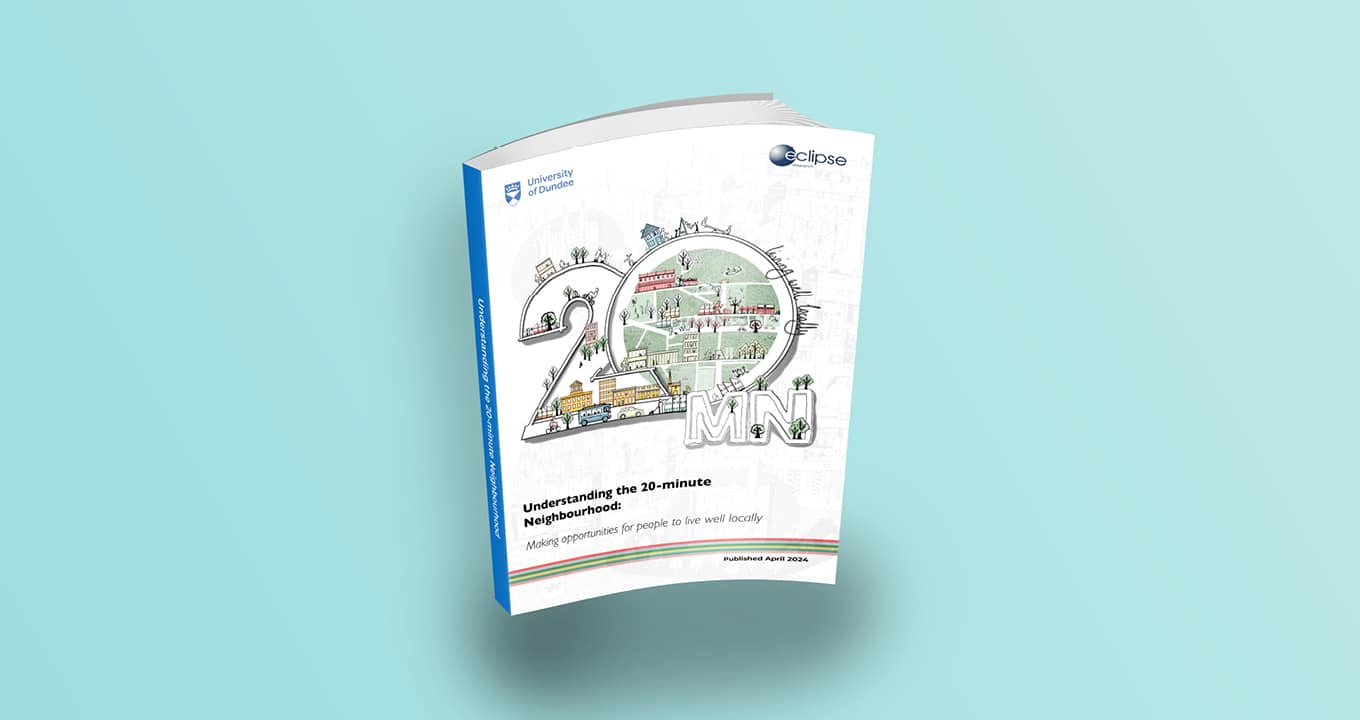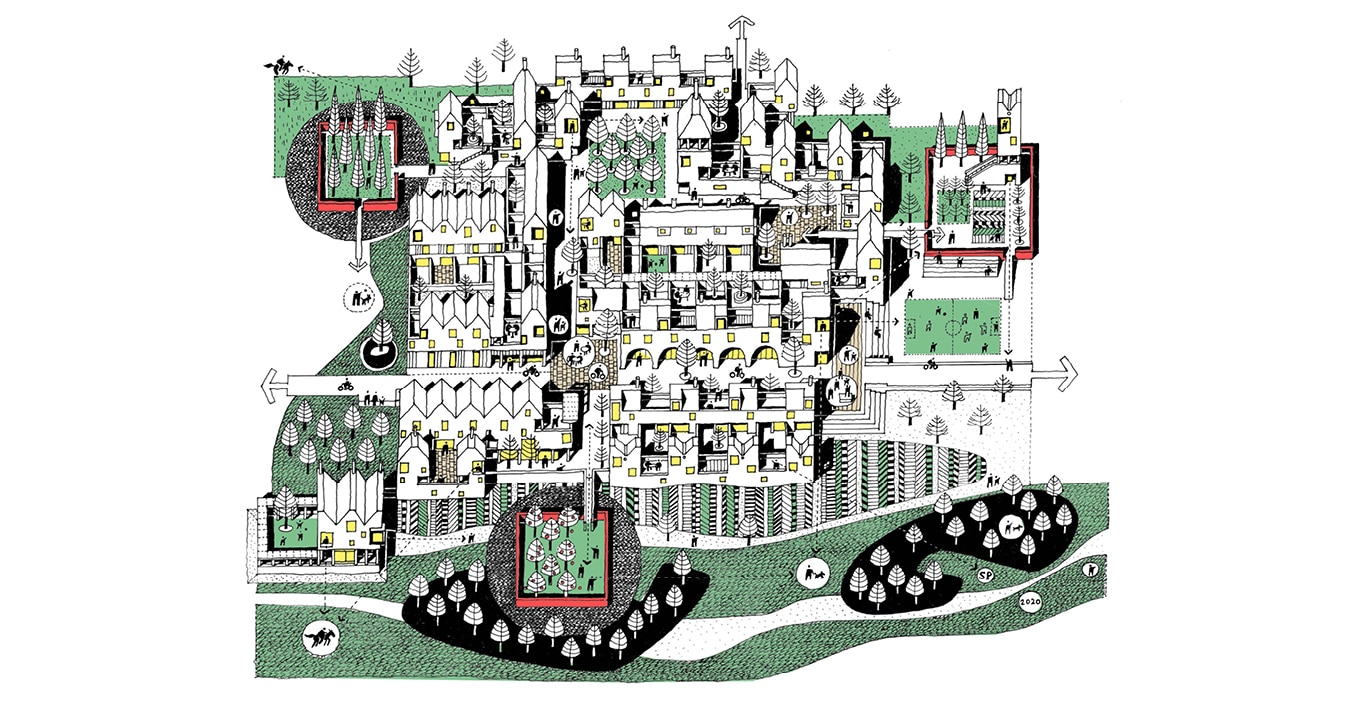A new guide outlining how the concept of a 20-minute neighbourhood can be applied in practice has been created by an urban design expert at the University of Dundee, Dr Husam Al Waer, with contributions from Hilson Moran alongside Urban Design Group, Sustrans, ADAM Architecture, Corstorphine & Wright Architects and Proctor & Matthews Architects.
The guide, called Understanding the 20 Minute Neighbourhood: Making opportunities for people to live well locally, was launched in April at the V&A Dundee and is aimed at policy makers working to implement these types of communities and is in line with the Scottish Government’s most recent National Planning Framework (NPF4).
It is also aimed at local authority decision makers, planners, architects, urban designers and members of the community who want to understand if and how the ideas underpinning the 20-minute can be applied to where they live and work.
A 20-minute neighbourhood is an area which has adequate and affordable housing options and services, amenities, workspaces and green spaces all within a 20 minute journey, either by foot, cycling, or public transport.
Recommendations within the new guide are based on research carried out in several areas of Scotland – including Dundee, Perth and Angus where post graduate students helped collect evidence working with policy makers and practitioners – and practical advice gained from areas across the UK where 20-minute neighbourhoods are already being considered.
Dr Al Waer said, “For a 20-minute neighbourhood to work, it’s about bringing people with you – don’t just tell people what they should do, give them options.
“It’s not about restricting movement or creating a cage, it’s about diversity, giving people affordable and convenient options and the freedom to choose. If that’s available locally, people will choose to use it.”
The idea behind these neighbourhoods is that the close proximity of amenities and services can help communities move towards net zero carbon emission targets, while also increasing residents’ quality of life, reducing inequality and deterring anti-social behaviour.







